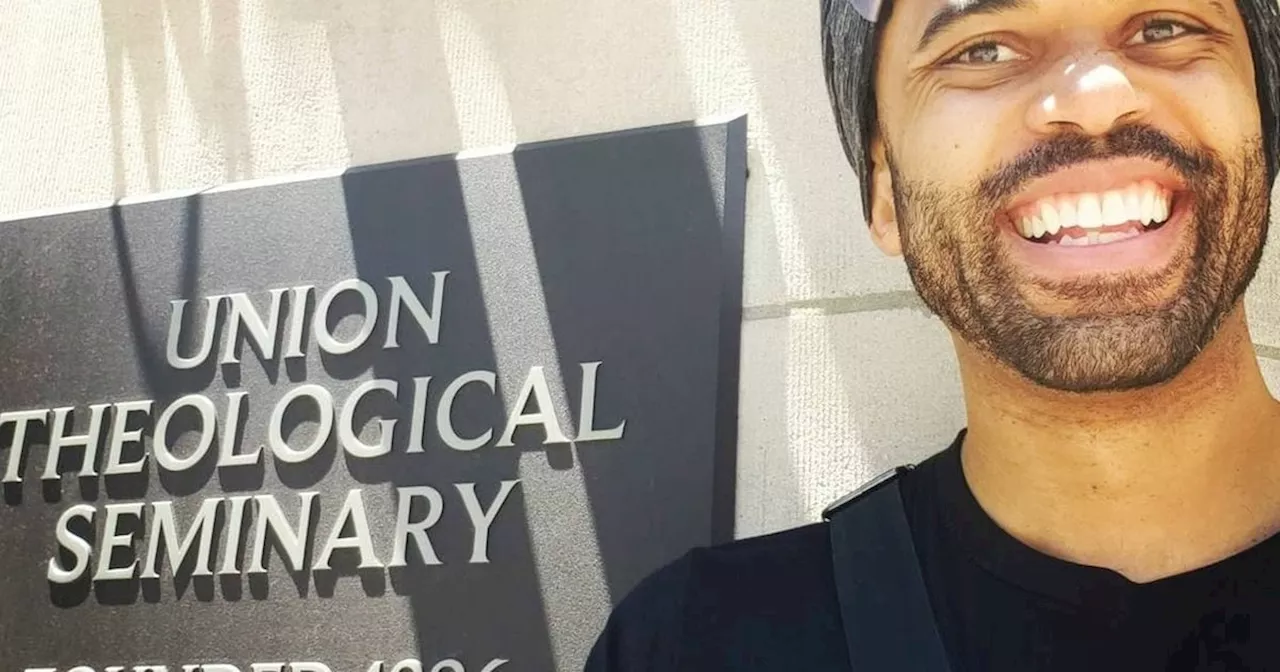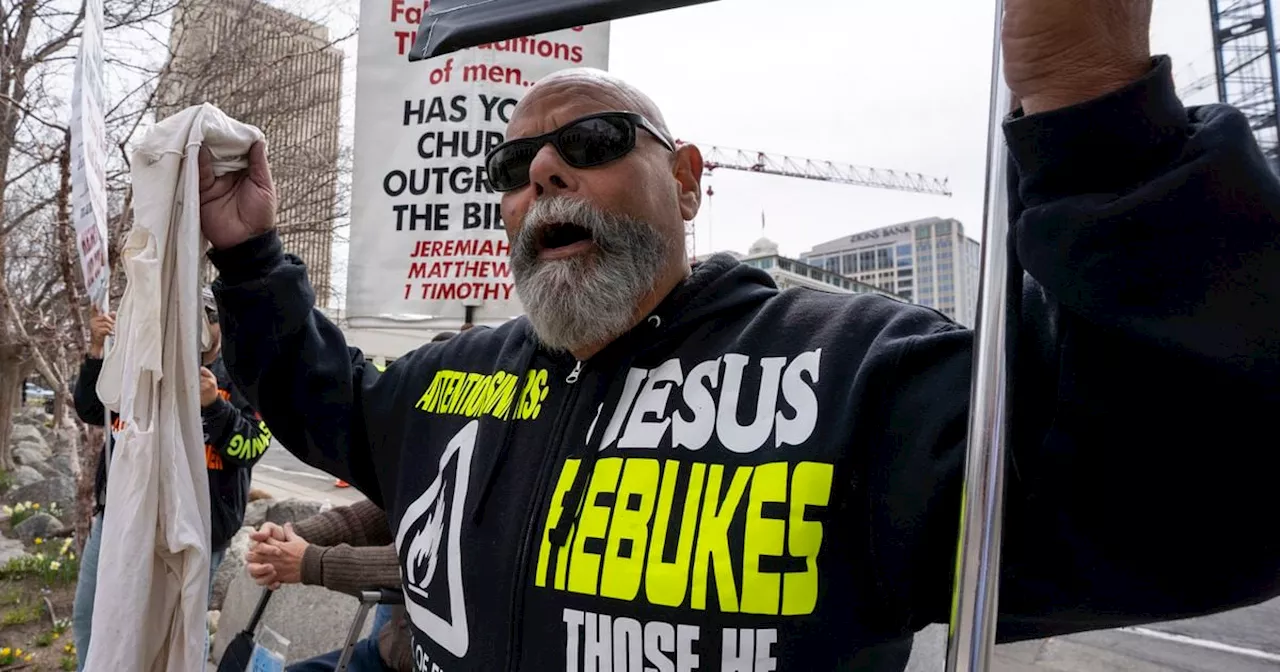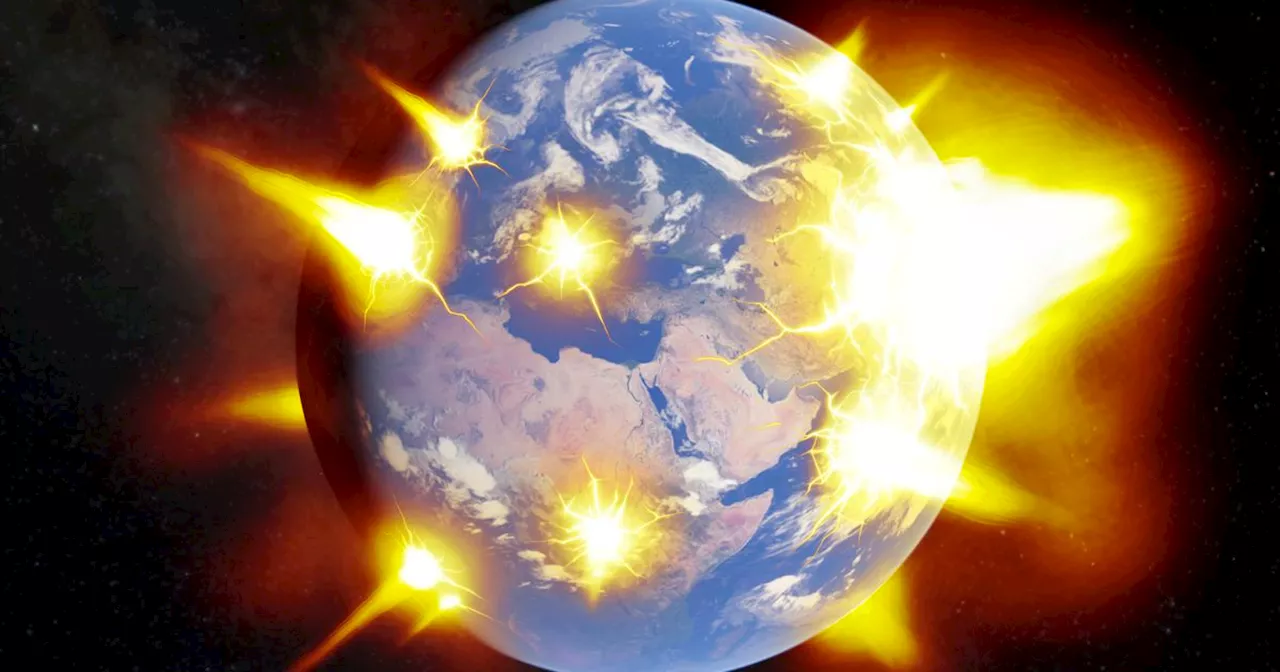Tribune guest columnist Matthew Bowman explains how near-death experiences, apocalyptic thinking and the spiritual warfare movement intersect with Mormonism.
There’s a reason these writings about the afterlife and the end times gained traction among a number of Latter-day Saints.What the “near-death experience” actually is depends on whom you ask. Neuroscientists describe it as the product of neurons firing in particular ways under particular stress — subjective, existing within the brain of the experiencer. Many religious believers understand them as objective, actually occurring in space and time.
Latter-day Saints have thus put near-death experiences to work to elaborate on and confirm their ideas about the afterlife. More recently, they have done other sorts of work, too. They have become a rhetorical space where church members tell stories that weave their faith together with other forms of spirituality, sometimes accepted and sometimes rejected by the mainstream church.The night of Feb. 8, 1993, I was in the eighth grade.
These ideas are rooted in the 19th-century New Thought and spiritualist movements, which taught that one’s thoughts could impact reality in measurable ways — through energy and fluids that our scientific tools simply cannot yet detect. The concept is influential across the New Age movement — “energy work” finds adherents from neopaganism to astrology.
The book’s second half documents a tremendously long vision. Massive earthquakes strike Salt Lake City. Foreign troops invade the United States. Plagues and floods wreck the nation’s infrastructure. Latter-day Saints build Zion communities in the wilderness, and eventually a temple in theThere is a “mark of the beast” that separates the wicked from the righteous.
But the book’s apocalypse is more distinctly Mormon than it is evangelical. It contains an accumulation of virtually every end-times legend, scriptural reference to the apocalypse, and Scout camp story that circulated among Latter-day Saints throughout the faith’s history.
Like Spencer, Daybell described a series of visions after a near-death experience that illustrated a coming turbulent Armageddon, complete with wars and the mark of the beast. Like Eadie, Daybell also embraced the world of New Age energy work; his books speak of energy healing and auras. But he joined that system to the language of spiritual warfare.
United States Latest News, United States Headlines
Similar News:You can also read news stories similar to this one that we have collected from other news sources.
 Matthew Bowman: Why the explanations for slower LDS Church growth may all be wrong — or rightScholar Matthew Bowman explores various reasons that could explain why LDS Church growth in the U.S. is slowing.
Matthew Bowman: Why the explanations for slower LDS Church growth may all be wrong — or rightScholar Matthew Bowman explores various reasons that could explain why LDS Church growth in the U.S. is slowing.
Read more »
 Black LDS theologian responds to those who say Jesus taught unity, not diversityBlack LDS theologian James Jones discusses unity, diversity and racism within the LDS Church.
Black LDS theologian responds to those who say Jesus taught unity, not diversityBlack LDS theologian James Jones discusses unity, diversity and racism within the LDS Church.
Read more »
 Eli McCann: LDS General Conference — a time for protests, proselytizing and ... bagpipesTribune guest columnist Eli McCann discusses the protesters and counterprotests outside LDS General Conferences.
Eli McCann: LDS General Conference — a time for protests, proselytizing and ... bagpipesTribune guest columnist Eli McCann discusses the protesters and counterprotests outside LDS General Conferences.
Read more »
 LDS Church announces 15 new temples. See where they’re going in Utah and across the world.LDS Church reveals 15 additional planned temples, including two in Utah.
LDS Church announces 15 new temples. See where they’re going in Utah and across the world.LDS Church reveals 15 additional planned temples, including two in Utah.
Read more »
 Gordon Monson: For Latter-day Saints, Dieter Uchtdorf is a man of God whose words soothe the soulTribune columnist Gordon Monson comments on LDS apostle Dieter Uchtdorf's General Conference talk.
Gordon Monson: For Latter-day Saints, Dieter Uchtdorf is a man of God whose words soothe the soulTribune columnist Gordon Monson comments on LDS apostle Dieter Uchtdorf's General Conference talk.
Read more »
 Former LDS leader, who had no children of her own but ‘mothered’ hundreds of thousands of girls, diesFormer LDS Church Young Women President Ardeth Kapp dies.
Former LDS leader, who had no children of her own but ‘mothered’ hundreds of thousands of girls, diesFormer LDS Church Young Women President Ardeth Kapp dies.
Read more »
